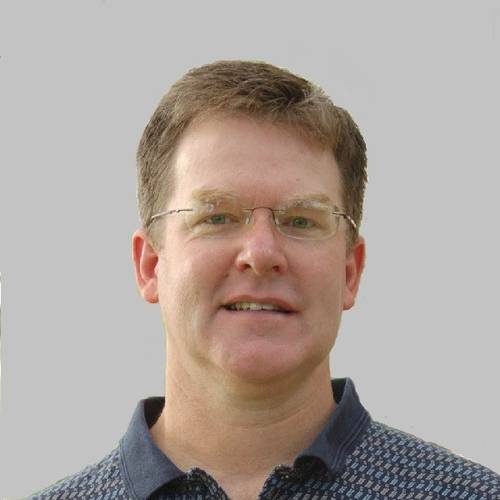About This Webinar
As the landscape of computer vision and inspection moves toward larger sensors, higher throughput, and shorter time to decision, the need for edge-based, low-latency processing is continuing to increase. The drive to push the inspection processing closer to the point of sensing is based on several factors, including the limited bandwidth to transmit raw sensor data to a remote processing location, the limited time to make product quality decisions, and system simplification. Hunt explores the design considerations for edge-based computational solutions that can meet the requirements for an on-camera solution. Specifically, he examines the following properties of the computational solution: sensor interface, memory architecture, computational resources, power, external interfaces, and control. A generic food-inspection use case will be used as the backdrop for the discussion.
***This presentation premiered during the 2022
Vision Spectra Conference. For more information on Photonics Media conferences, visit
events.photonics.com.
About the presenter:

Martin Hunt, Ph.D., is director of applications engineering, computer vision, AI, and video at Coherent Logix. He holds a doctorate in electrical engineering from the University of Tennessee. Hunt’s primary role at Coherent Logix is leading a team in developing high-throughput and computationally demanding applications on the HyperX parallel processor. In this role, he provides both programmatic and technical leadership on all video/image and sensor processing projects at the company. He has 30 years of signal/image processing and pattern recognition experience, including industrial inspection in the areas of semiconductors, paper/textiles, and food.